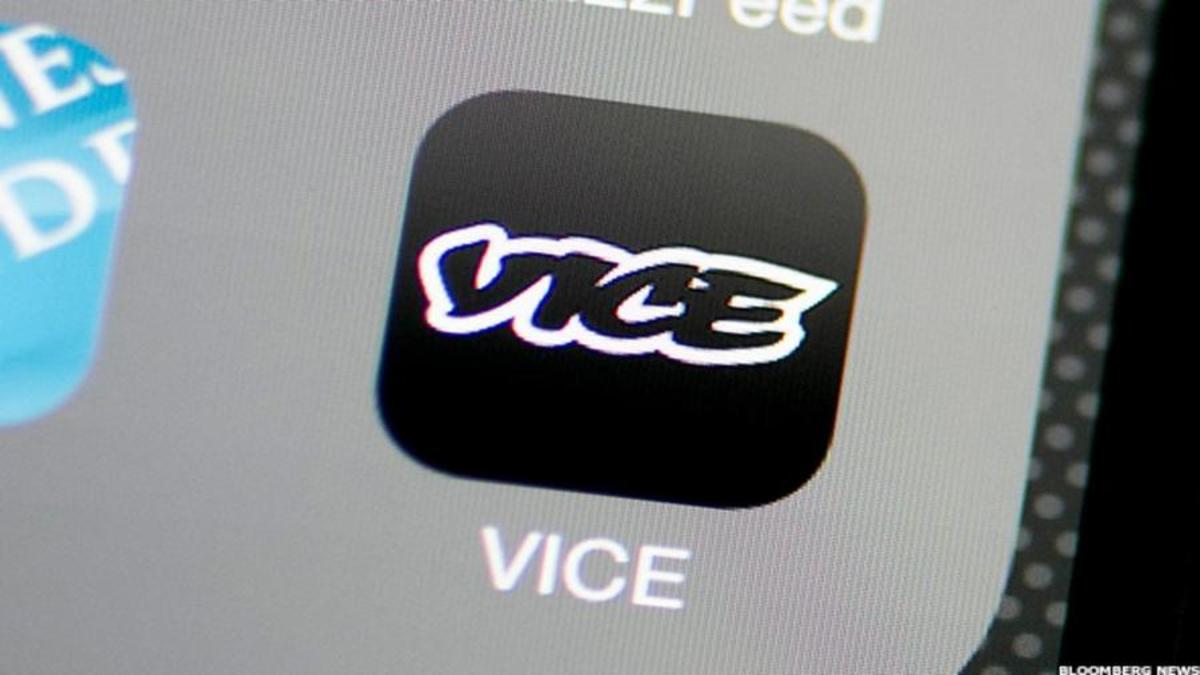

In 2023, public market valuations for unprofitable growth companies have reset by as much as 70%, and many of the most aggressive bidders for growth-stage investments have pulled back from the market. The message to founders was to achieve growth at any cost and that valuations would rise automatically with each subsequent investment round. Strategies For Winter: Options to Sustain Growth When Capital Has a CostĢ0 were boom years for late-stage VC and cross-over fund investment into fast-growing companies from Southeast Asia. Requirements for effective investor communications and marketing to build liquidity and management credibility for the long runĭeveloping defensible financial projections and securing fairness opinions to avoid liability risk in SPAC merger transactions What is required to be “public company ready,” and how many de-SPACs have blown up on the launch pad Strategies to maximize the amount of capital that remains in trust to finance growth
#Vice media spac how to
How to effectively market your deal and vision to targeted investors between the announcement of the definitive agreement and closing Setting valuations to provide room for stock price appreciation, have shares trade above trust, and set the stage for future equity and debt financings While recent SEC reforms were initially seen as a negative, the result will likely be a far more robust listing vehicle that works for companies and investors, or SPAC Version 3.0. Innovative SPAC teams and target management have learned the lessons of this target and learned to use the SPAC vehicle to play the “long game” to be a successful US public company. Keynote: Keys to a Successful de-SPAC Transaction: IR and Investor MarketingĢ022 was a tough year for the SPAC market, with many SPACs dissolving and other deals seeing a collapse in their share price following the merger’s closing. Issues related to meeting the NASDAQ and NYSE listing requirements at close and potential solutions and market terms The liability associated with providing projections to the market in a de-SPAC and how SPAC sponsors and target management can protect themselves Potential for an excise tax to be imposed if SPAC redemptions or dissolutions are treated as stock buybacks The new expectations for due diligence by SPAC managers and sponsors, financial advisors, and PIPE placement agents in de-SPACs Legal and regulatory considerations for SPAC sponsors launching a SPAC IPO in today’s market How changes in liability for de-SPACs have changed the landscape of banks involved in the SPAC world He will speak in detail about how the regulatory regime has changed and what to expect next as the SPAC format continues to evolve.

Mitch is one of the most experienced lawyers and advisors in the SPAC arena and has had extensive discussions with regulators and legislators in Washington, DC, about their concerns. Over the past year, the SEC has instituted dramatic changes in how SPACs and de-SPACs are regulated, imposing a level of disclosure obligations and liability that have made this once freewheeling market more closely aligned with traditional IPOs. Mitchell Nussbaum, Vice Chairman, Loeb & Loeb Keynote: The New Regulatory Regime for de-SPACs Latest trends in PIPE and pre-IPO investments into de-SPACsĪverage redemption rates and trading post-closing on recent de-SPACsĮlements of successful de-SPAC transactions Latest deal terms and durations on SPAC IPOs Who are the typical investors in SPAC IPOs? What the market is looking for in a SPAC management team Learn what is takes to get deals done under the most challenging market conditions with an up-to-the-minute perspective on what deals are viable and what it takes to cross the finish line. George Kaufman, Partner & Head of IB, Chardan Capital MarketsĬhardan Capital Markets is one of the two investment banks that pioneered the SPAC format and has remained one of the most active underwriters and advisors to issuers from Asia over the past two decades. Crocker will explain why the SPAC merger is an attractive option to raise capital and access public market liquidity in some of the world’s deepest, most liquid markets. The outlook for IPOs and de-SPACs from Southeast Asia, investor interest in the region, and critical challenges for companies to address before going public. Welcoming Address: Southeast Asia as Next Frontier for US Listings


 0 kommentar(er)
0 kommentar(er)
